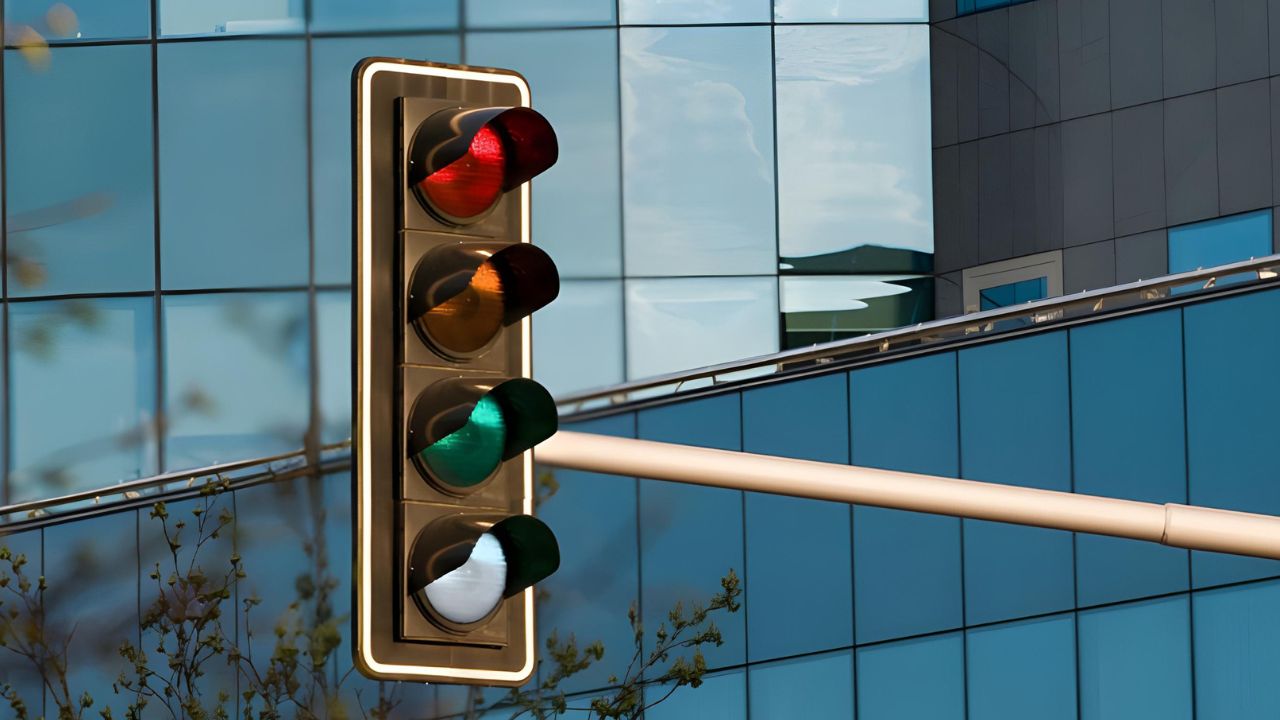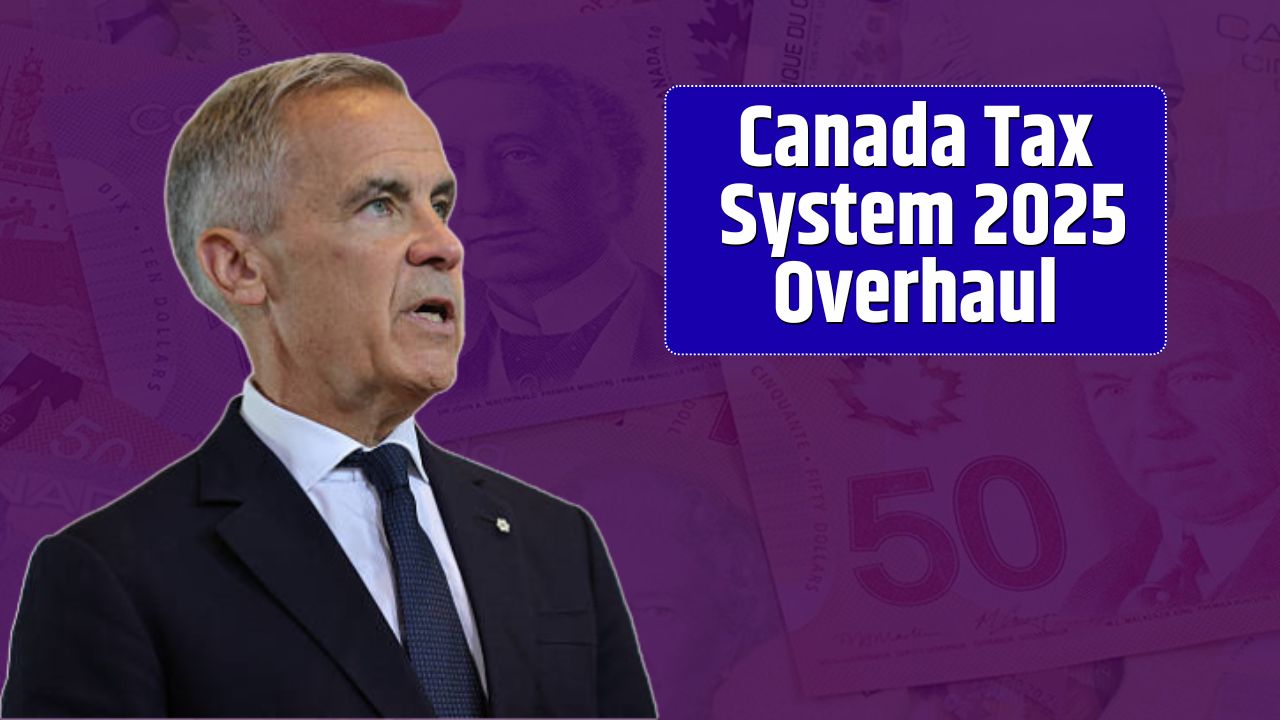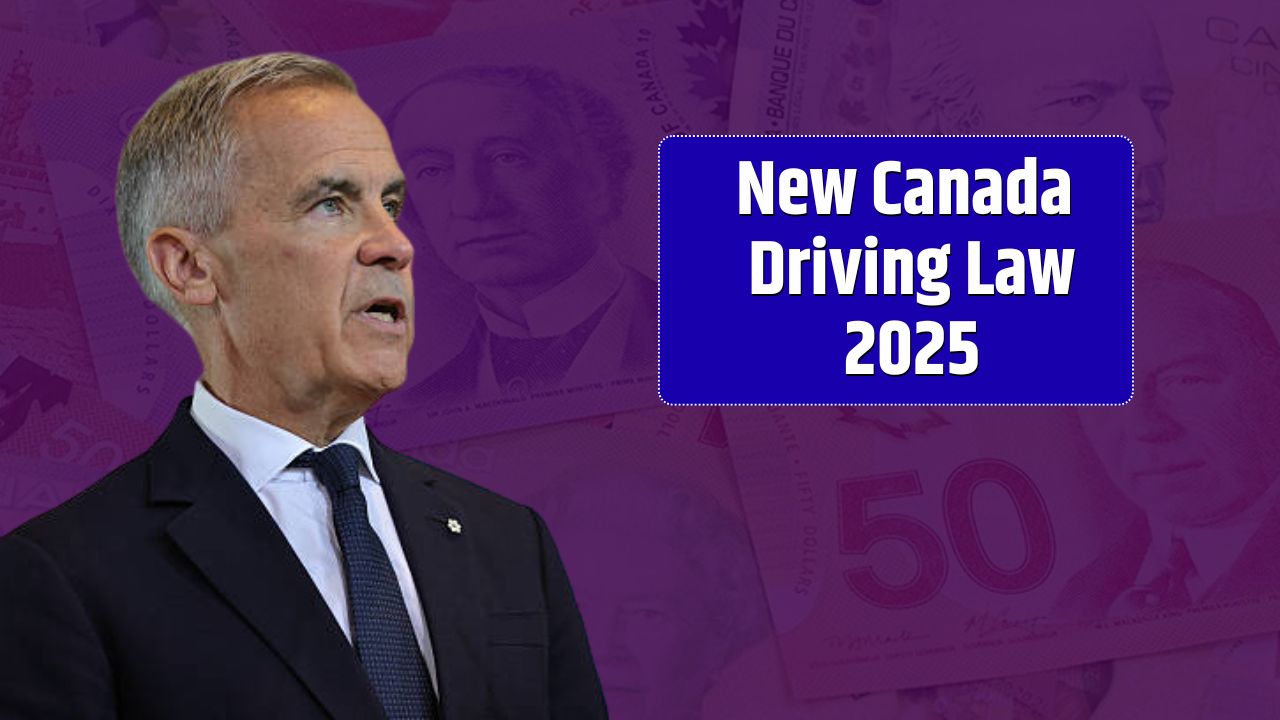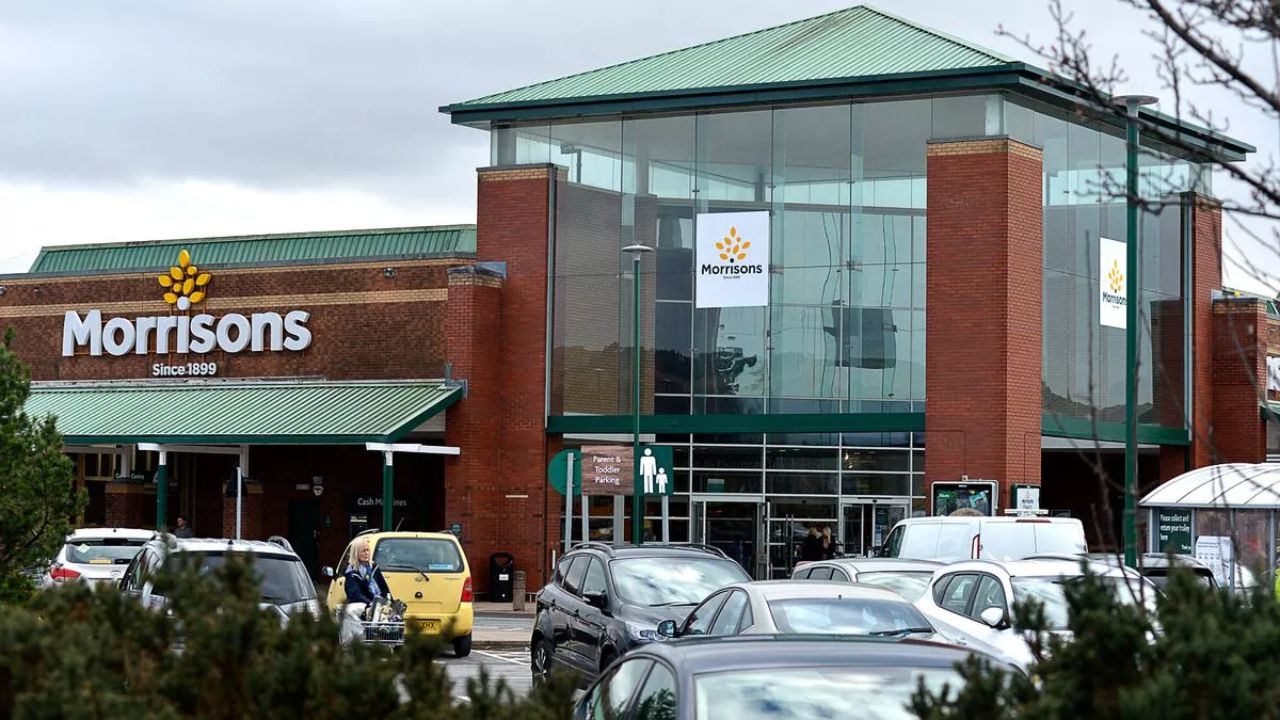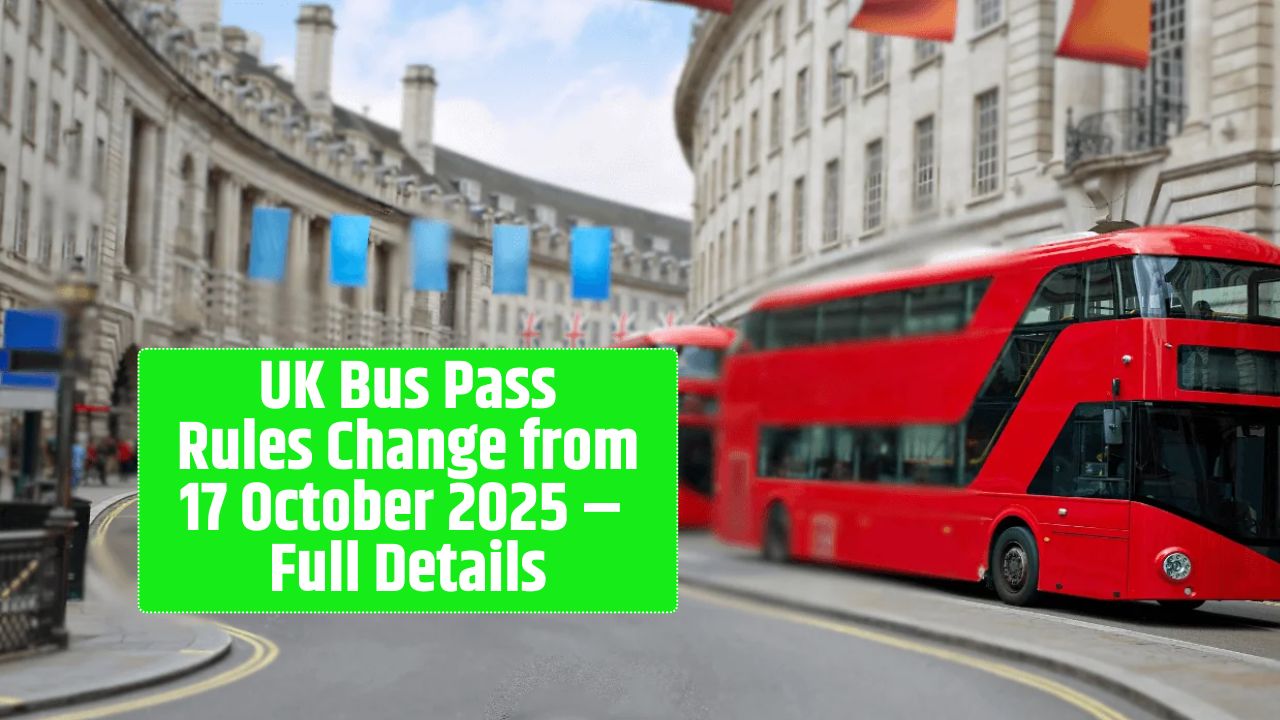You might want to start rethinking what a “green light” means — because in the not-so-distant future, traffic lights could be getting a new color. Yes, the familiar red-yellow-green combo might soon have a fourth companion: white.
Researchers at North Carolina State University (NC State) have proposed a new traffic signal system designed for the era of autonomous vehicles (AVs). The goal? To make intersections faster, safer, and more efficient — not just for self-driving cars but for human drivers, too.
A Fourth Light Joins the Party
The proposed white traffic light wouldn’t replace any existing color — it would be an addition. Think of it as a “smart mode” indicator. When enough self-driving cars are present near an intersection, the light would switch to white, signaling that autonomous vehicles are coordinating the traffic themselves.
So, what would humans do when they see this mysterious new light?
Simple: just follow the car in front of you.
If that lead car is autonomous, it’s already in sync with the traffic light and other vehicles — essentially becoming part of a networked system that organizes movement more smoothly than any human could. Once there aren’t enough AVs nearby, the light would revert to the usual red-yellow-green pattern.
How the White Light Would Actually Work
The concept is rooted in distributed computing, where cars and traffic lights constantly share real-time data — like speed, location, and direction — to make split-second decisions together.
Here’s the basic flow of how the “white phase” would function:
| Step | Process | Purpose |
|---|---|---|
| 1 | Autonomous cars approach an intersection | Initiates data-sharing |
| 2 | Cars transmit info to the traffic light | Syncs vehicles with the light |
| 3 | Light detects a majority of AVs nearby | Triggers the white signal |
| 4 | White light turns on | Indicates AVs are coordinating traffic |
| 5 | Human drivers follow AVs through the intersection | Ensures smooth flow |
| 6 | When fewer AVs are present, system reverts to red-yellow-green | Normal operations resume |
In short, the white light wouldn’t control cars directly — it would authorize the AVs to take charge, turning the intersection into a kind of digital dance floor where everything moves in sync.
Why Add a New Color?
Traffic congestion costs billions in lost productivity and fuel every year. But NC State researchers say even a small percentage of autonomous vehicles can make a difference.
According to their computer models:
- If just 10% of vehicles on the road are autonomous, traffic delays could drop by about 3%.
- If most cars are autonomous, delays might shrink by a staggering 94%.
That’s a lot of saved time — and fuel. Fewer stops mean smoother driving, less idling, and lower carbon emissions. Plus, when AVs coordinate movements precisely, there’s less room for human error (and fewer accidents caused by distracted or impatient drivers).
Dr. Ali Hajbabaie, associate professor of civil engineering at NC State, explained that the new system could represent a “bridge period” — a transitional phase where both humans and machines share the roads while still adapting to each other.
Where Will It Be Tested First?
Don’t expect to see white lights at your local intersection just yet. The system is still being tested in simulation environments and controlled real-world trials.
The first real-world tests will likely happen in enclosed areas such as ports, freight terminals, or industrial complexes — places with high vehicle density but few pedestrians. These settings allow scientists to measure performance without risking chaos on public roads.
Once validated, the concept could gradually move to public intersections — especially in cities already experimenting with autonomous fleets.
Why “White”?
Technically, the color itself isn’t set in stone. Researchers said any easily recognizable color could serve as the fourth signal — but white is preferred because it’s visible in all conditions and contrasts naturally with red, yellow, and green.
It’s not about aesthetics; it’s about clarity. Drivers should instantly recognize that the white phase means, “Let the smart cars lead — just follow their flow.”
A Glimpse Into the Future
If implemented, this system could fundamentally change how we view intersections. Instead of humans waiting for colored bulbs to tell them what to do, vehicles will communicate directly with the infrastructure and each other, optimizing every second of motion.
It’s a peek into a future where coordination, not competition, defines the road. Where “stop” and “go” are replaced by “sync and flow.”
And while that extra light might feel strange at first, it could soon become the signal of a smarter, greener, and safer transportation era.
FAQs:
What does the white traffic light mean?
It signals that autonomous vehicles are managing the intersection, and human drivers should follow the flow of traffic.
Will the red, yellow, and green lights disappear?
No — they’ll remain. The white light only activates when enough autonomous cars are coordinating.
How will this help traffic congestion?
By allowing AVs to control intersections, vehicles can move continuously without long stop times, reducing delays and fuel consumption.
